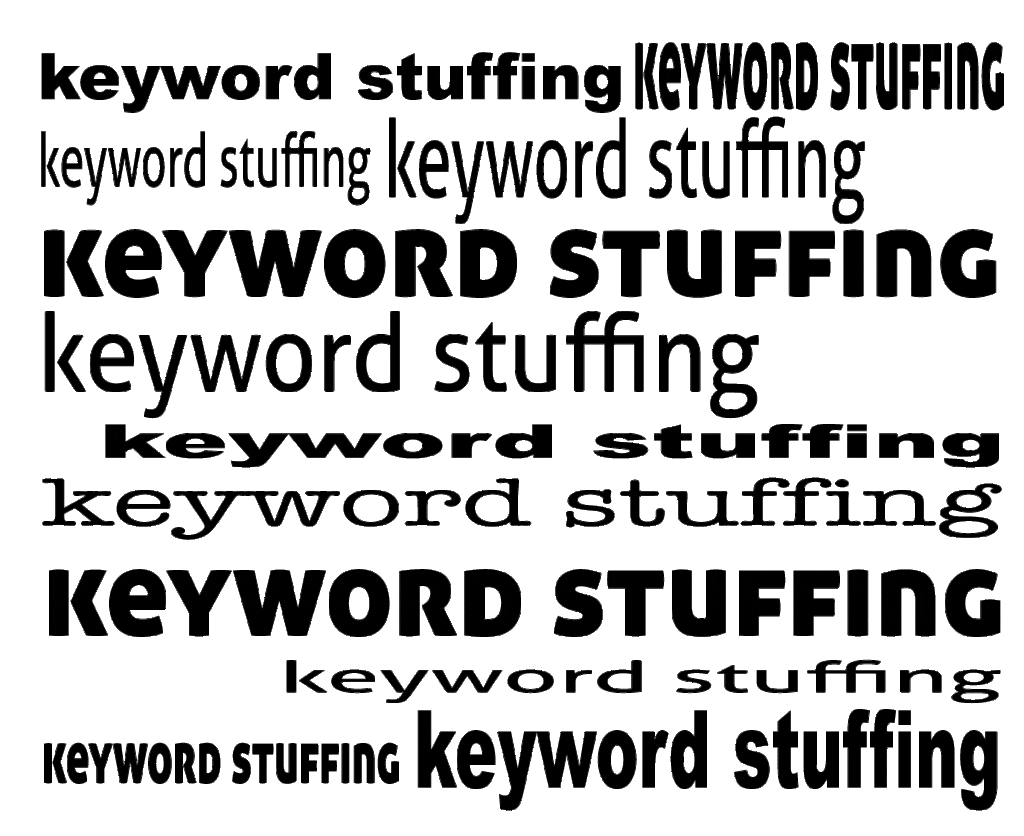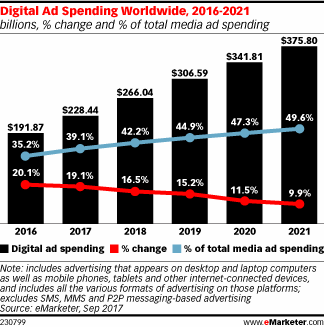Digital advertising is so ingrained into our everyday existence that most of us don’t take a second to step back and think about where it all began—or how far it’s come.
Marketers are challenged enough with just trying to keep up with the non-stop flow of changes in the digital space and end users, well, they’re on their mobile devices or in front of their laptops, relying on digital marketing’s very existence for everyday needs.
Yup, digital marketing is all around us. But it wasn’t too long ago that the technology behind search marketing and SEO didn’t exist, and we instead used things like the yellow pages to navigate our lives.
Let’s take a look back at where we began, and where we are today with digital advertising.
The Backstory: How it All Began
First, search engines. The first sprouted in 1990. It was called Archie (cute, no?), created by McGill University student Alan Emtage. It’s fair to note that digital historians often debate this point, but Archie was known as a way to cull information from multiple servers around the internet, still in its primitive version.
After Archie, the development of search engines picked up. Names of early-day search engine brands began cropping up in the early ‘90s, names you may still recall today, such as Excite (February 1993), Wandex (June 1993), and ALIWEB, a service where users could submit their own webpages (October 1993). Imagine that!
By the end of 1993, bot-crawled search engines existed. These websites were being crawled by robots (also known as spiders), scouring their site content for results.
This is where search engines started to gain some momentum. 1994 brought on the launch of Lycos, Yahoo and Alta Vista—veteran dot-com businesses which led the way in changing the way we live and work. 1996 gave us Google (originally called BackRub, mind you).
It wasn’t until 2009 that Bing came about, officially that is. (Earlier versions were called Live Search and MSN Search).
The Rise of SEO
A lot was happening during this time. Families began investing in computers. Suddenly, more and more households were connecting to the internet. The idea of logging on, communicating with the outside world, looking up information—it was all becoming not only more widely accepted by welcomed with open arms.
A look back at early SEO practices show that it included a heck of a lot of keyword stuffing. Keywords were literally just placed in text, all over the place, which in turn screwed around with the rankings (and resulted in less than desirable information).
But hey, these keyword stuffers had attractive numbers to show advertisers, right? And oodles of traffic. It was like the wild west days of the web. There was no real standard, algorithms existed but were nowhere near today’s sophistication and junky backlinks crept up like weeds.
The Early Days of Digital Advertising
It was in the 1990s that marketers began to scratch their heads and take note of this new fangled technology called the internet. Before, their main focus was on old-school catalogs and direct mailer postcards (remember those?). But they could see that the internet was here to stay, and so they began to experiment with it, and in turn invest in it.
AT&T ran the first ever banner ad—the first ever!—on HotWired in 1994. Other players at the time included Club Med, IBM and MCI Corporation. Though the web was new, these and other companies were willing to throw some money at it. Spending hit about $300 million by the middle of the decade.
Display advertising then:
And frankly, this investment just continued. Major brands like Victoria’s Secret used clever promotions, such as a Super Bowl ad spot in 1999 in Victoria’s Secret’s case, to drive traffic to their website. That year, they crashed their website because of traffic overload. Now, that was something to brag about back then.
Real deal ad agencies cropped up during this time, too. These agencies, like Poppe Tyson and Modem Media, offered services like website creation, banner ad creation and execution and online classified ads. These came to life at the same time e-commerce did. You know, Amazon, eBay. This was the day and age of major players coming to life and marking their territory.
Early advertising efforts were often clouded with confusion. The internet was so new, advertisers still weren’t sure about what to expect just yet.
Take the online service, Prodigy, for example. It was anticipated that Prodigy would make massive sums of money from advertisers and its subscription-based service. However, users were more interested in sending email and using its online chat rooms and bulletin boards. It wasn’t just one thing that sent the service downhill; it was a host of factors, like its offering of unlimited chat room access, putting limits on user emails and the continued experiments without policing the bulletin boards.
The idea of user experience was entirely new and unexplored. It was, without a doubt, new territory for all involved, a life experiment which eventually burned out.
Display advertising today:
Another challenge that early advertisers experienced: it was often challenging for websites to link up with the right buyer. Ads were completely disorganized. There was no system; it was a manual, slow-going mess. A company named Double Click was one of the earliest to try to solve this challenge. It developed a technology called DART – “Dynamic Advertising Reporting and Targeting” — which allowed advertisers to track clicks and optimize ads.
Advertisers could hit multiple websites. They finally had an opportunity to customize and refine the experience and get their hands “under the hood”. In parallel, banner ad sizes became standardized, due to their growing popularity. Yet, more and more websites came into existence throughout the ‘90s.
Some estimate that by 2000, it had hit the millions. Yet, that was also the time of the dot com bust. While so many companies had questioned where to spend their ad dollars, the ones that survived continued to rely on traditional media channels like TV and newspapers, while thousands of websites closed down completely.
Where We Are Now
Today’s forms of digital advertising expand far beyond a standard banner ad. Digital advertising is any ad delivered via the internet, whether it’s a video, a text message, a banner ad, image and more. This can occur on a laptop, tablet or mobile device. Think big—because digital is literally everywhere.
In fact, drum roll, please. Digital advertising has officially surpassed investment in TV spend as of late last year. According to Magna, which is part of IPG Mediabrands, digital advertising has hit a spend of $209 billion worldwide, capturing 41% of the market. TV, on the other hand, brought in $178 billion which is 35% of the market.
But no, TV isn’t dead. Not yet, anyway. It’s just that digital has grown on such a massive scale, and is expected to continue this growth.
Also, expect:
- UK, U.S., China, Japan and Germany will continue to dominate the top five ad markets worldwide.
- U.S. local ad spending to hit $151.2 billion in 2018, a 5.2% increase over $140.9 billion this year.
- Total U.S. media ad spending will reach $214.94 billion in 2018, and grow to $251.92 billion by 2021.
Using Data to Enhance Your Efforts
It’s a crowded landscape out there. Good news: today’s marketers have more tools than ever available to them to help them target and capture those eyeballs. They can narrow down to a well-defined audience, one most likely to make the commitment to buy.
These tools, when combined with automation, greatly reduce noise, prevent marketers from just “seeing what works” and also reduce the chances of wasting money on campaigns that won’t be effective from the start. Ads can be targeted based on demographic data, geographic data as well as customer intent and past purchase behavior.
Data is big business—one most marketers are willing to invest in if it means a better digital advertising ROI.
Here’s why data is critical: Marketo’s latest guide to digital advertising notes that:
“In fact, according to the MediaDynamics Study, the average adult is exposed to 5,000+ brands and their advertisements throughout the day. How many of these are ads? 362. And how many of these ads actually make an impression? 12. Clearly, it is challenging to grab a buyer’s attention.”
The Future at Scale
Hunker down, folks, because digital advertising is here to stay.
MatchCraft has survived a few dot com busts of its own. We exist to make managing advertising easy—and highly scalable and profitable—at a hyper local, targeted level.
Do you have a question about digital advertising or how we can help? Reach out to tell us more.





